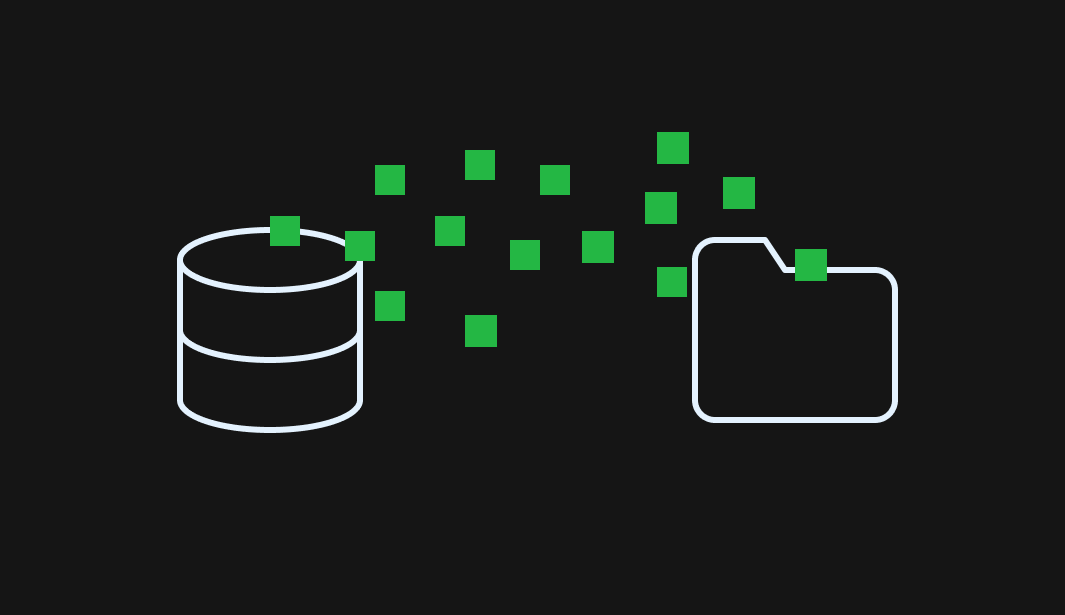It is difficult to count the number of promotional emails that each person receives every day. Brands always have many reasons to send emails for new arrivals, promotions, and holiday sales.
But do you know which email from this extensive list will interest subscribers? An email in which they can see that the brand understands their interests, problems, aspirations, desires, and needs. This is where targeted email marketing comes in handy.
In this article, we discuss how targeted email marketing increases conversions, present tips and step-by-step strategies that help you unlock the potential of targeted email marketing, and show you how to create impactful campaigns tailored to your audience’s preferences and behaviors.
Understanding targeted email marketing
Targeted email marketing is a strategy that involves sending personalized messages to various segments of your customers or subscribers based on their behavior, preferences, purchases, and demographics. An email marketer uses previously acquired data about recipients to create more meaningful and effective interactions.
To send targeted emails, you create segments by grouping followers based on their traits or behaviors. This content resonates with every recipient, thereby increasing engagement, conversion rates, overall customer satisfaction, and customer retention.
Benefits of targeted email marketing
Targeted email campaigns can transform subscribers into loyal customers. Here are the key benefits:
- Increased relevance — share content that matches your subscribers’ interests, behavior, or demographics. Relevant content resonates more, increasing the chances of engagement with your emails and brand.
- Improved engagement — targeted emails are more likely to be opened, clicked, and acted upon. When subscribers find your emails valuable, they are more likely to engage with your call to action and convert.
- Better subscriber relationships — show that you understand your audience’s needs and preferences. This builds stronger, longer-lasting relationships, leading to higher customer loyalty and increased customer lifetime value.
- Reduced unsubscribe rates — personalizing your emails based on what subscribers care about can keep your audience engaged and reduce unsubscribe rates.
- Increased sales and ROI — marketers have seen up to a 760% increase in revenue from segmented email campaigns. Tailor your emails to different subscriber segments to drive more conversions and sales, leading to a higher return on investment.
- More accurate analysis and optimization — targeted email campaigns allow more precise measurement of what works for specific audience segments. This helps you refine your strategies and continuously optimize your email marketing efforts.
Building your target audience segmentation
You must take several mandatory technical steps to launch a successful targeted email campaign. Steps to create targeted email marketing campaigns include choosing a marketing tool, collecting data, segmenting, and preparing personalized content.
Choosing an email marketing platform
Choose an email marketing tool (ESP or CDP) that allows you to use your contact list and collect subscriber data, analyze information, and create segments to create successful targeted email campaigns.
Data collection
Having accurate and relevant customer data is essential to create effective targeted email campaigns. The collected data will let you understand your audience’s preferences and behavior patterns, enabling you to personalize your emails and increase engagement. Start by determining the type of segmentation that aligns with your marketing goals, whether it is based on demographics, behavior, purchase history, or user preferences.
To collect customer data, use the following:
- monitor users’ interaction with your website or app to gather insights about their habits and decision-making;
- use polls, surveys, and preference centers to let subscribers share their interests and preferences;
- track the key metrics to understand engagement and refine your strategies;
- collect additional data from followers and visitors to fill in any gaps.
Segmentation
Email marketing and automation platforms help you to segment audiences based on demographics, past purchasing behavior, engagements, or interests.
Another good way of segmentation is to ask subscribers what information they are interested in. For example, your clients might be working mothers and college graduates. You will prepare different content for these groups. Encourage these target segments to choose the type of content they want to receive from you.
Once the entire system is set up, proceed to prepare email marketing campaigns.
Crafting personalized email content
The next stage of preparing an email campaign is forming email content, including offers, texts, and images personalized for the selected segment.
The examples below will help you create targeted emails.
Targeted emails based on behavior
Behavioral triggers are automated emails sent to existing customers based on user actions. Examples include welcome emails, cart abandonment reminders, and post-purchase follow-ups.
For example, Vans sends the following emails to new users:
(Source: Email from Vans) Here is an example of a welcome email template that you can send to new clients of a fitness club: (Source: Stripo template) An example of an abandoned cart email from a fashion brand: (Source: MailCharts) Here’s an example abandoned cart email template you can use: (Source: Stripo template) For emails that are sent after a purchase, look at examples of post-purchase follow-up email templates. In them, you can ask the client for their opinion and offer products based on the choice already made. (Source: Stripo template) Targeted emails created based on demographic segmentation can consider age, gender, ethnicity, profession, and income level. To prepare such a targeted email marketing campaign, you should conduct research and obtain validated data for segmentation. For example, clothing and accessories brands often use gender and age segmentation to increase engagement. If you use this template for women’s clothing and set up an email for the segment of women 20–30 years old, conversions will be higher. Over time, your subscribers may stop opening emails. The reasons can differ — from losing interest in the product or service to reluctance to read emails. To find the reasons, get the hang of it, and seize your chance to demonstrate the benefits of your offer once again, use targeted emails aimed at this segment. This will remind them of the benefits or entice them with a promotion. For example, this is how Grammarly invites you to return to using the service: (Source: Email from Grammarly) And here’s a great idea to not only invite you back to the gym but also offer a discount: (Source: Stripo template) Time-targeted emails are messages that are sent on specific dates or after a particular time, for example, a discount code for a subscriber’s birthday, a seasonal promotion, or a reminder to re-purchase for such products where you can calculate the frequency (pet food, contact lenses, etc.). Targeted emails like holiday offers and birthday promotions are personalized and offer benefits that make your customers feel special. Here is an example template for a birthday email campaign: (Source: Stripo template) Here is an example of a seasonal promo email for Yoga Day on June 20th from an app that offers online yoga classes: (Source: Email from YogaDownload) Enhancing engagement is crucial in ensuring your messages reach your audience and resonate with them. Here are some advanced techniques to elevate your email engagement for targeted campaigns.
Testing and optimizing targeted email campaigns are crucial steps to ensure your emails are as effective as possible. By improving your approach based on data and performance metrics, you can enhance engagement, increase conversions, and increase overall ROI. One of the key practices for testing and optimizing your targeted emails is A/B testing. A/B testing involves sending two variations of an email to various segments of your subscribers to determine which performs better. Constantly test multiple elements of your emails to see what works best. A/B testing gets you data that helps refine your email strategy and improve engagement over time. Here are the main elements you can test and improve:
You can use one of these email marketing tools to simplify and speed up A/B testing for targeted emails. Choose your email marketing tool for this task, and optimize your work. Testing and optimizing is an ongoing process. Regularly review your email performance, including key metrics like open rates, click-through rates, conversion rates, unsubscribe rates, and others, and iterate on your strategies to keep improving. Targeted email marketing is a solid way to create personalized, relevant, and effective email campaigns. By leveraging segmentation, personalization, and behavioral triggers, marketers can significantly enhance engagement and conversion rates, ultimately driving better business outcomes. Implementing a well-structured, targeted email marketing strategy requires continuous data analysis and optimization but yields customer satisfaction and ROI rewards. Enhance your targeted email marketing with Stripo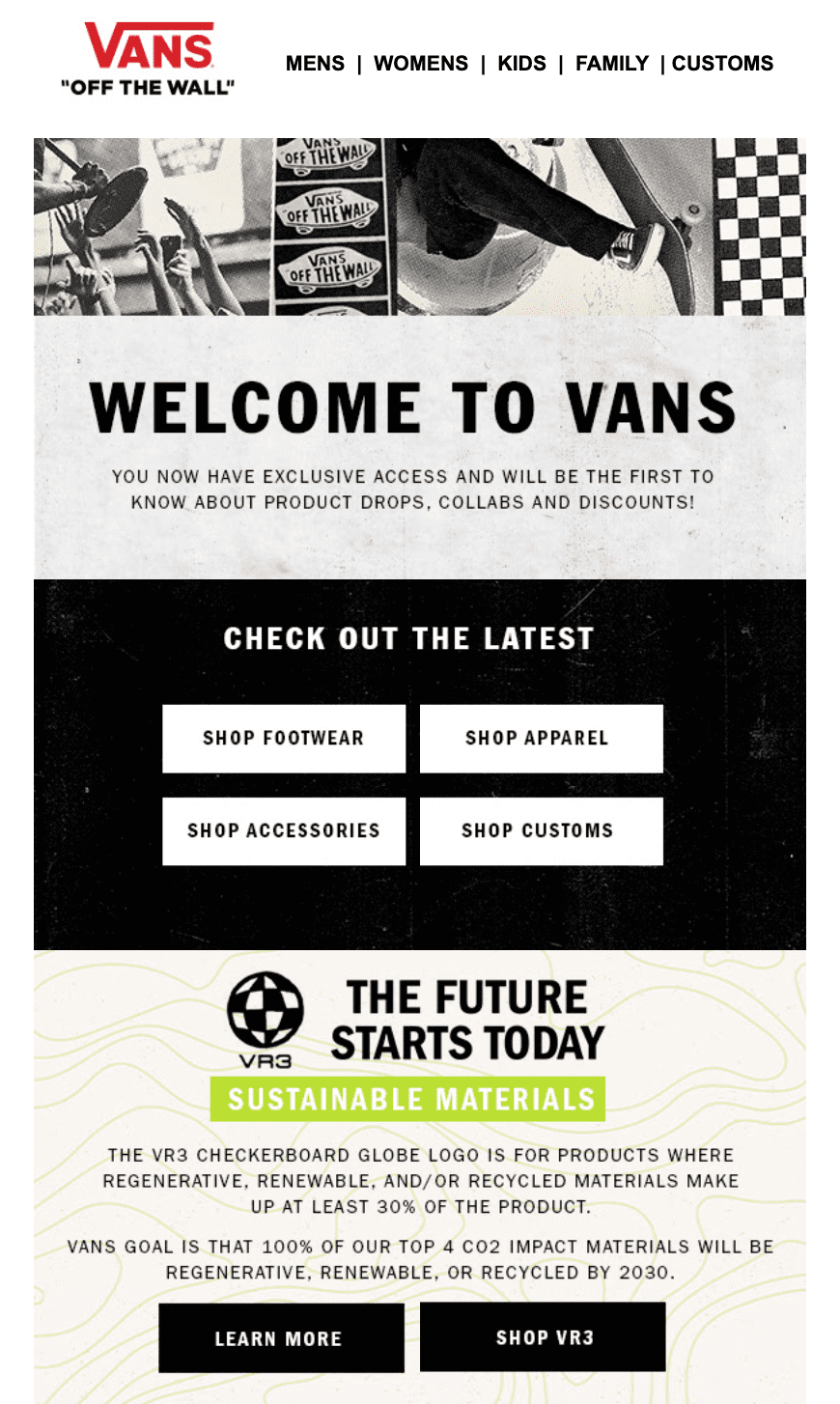
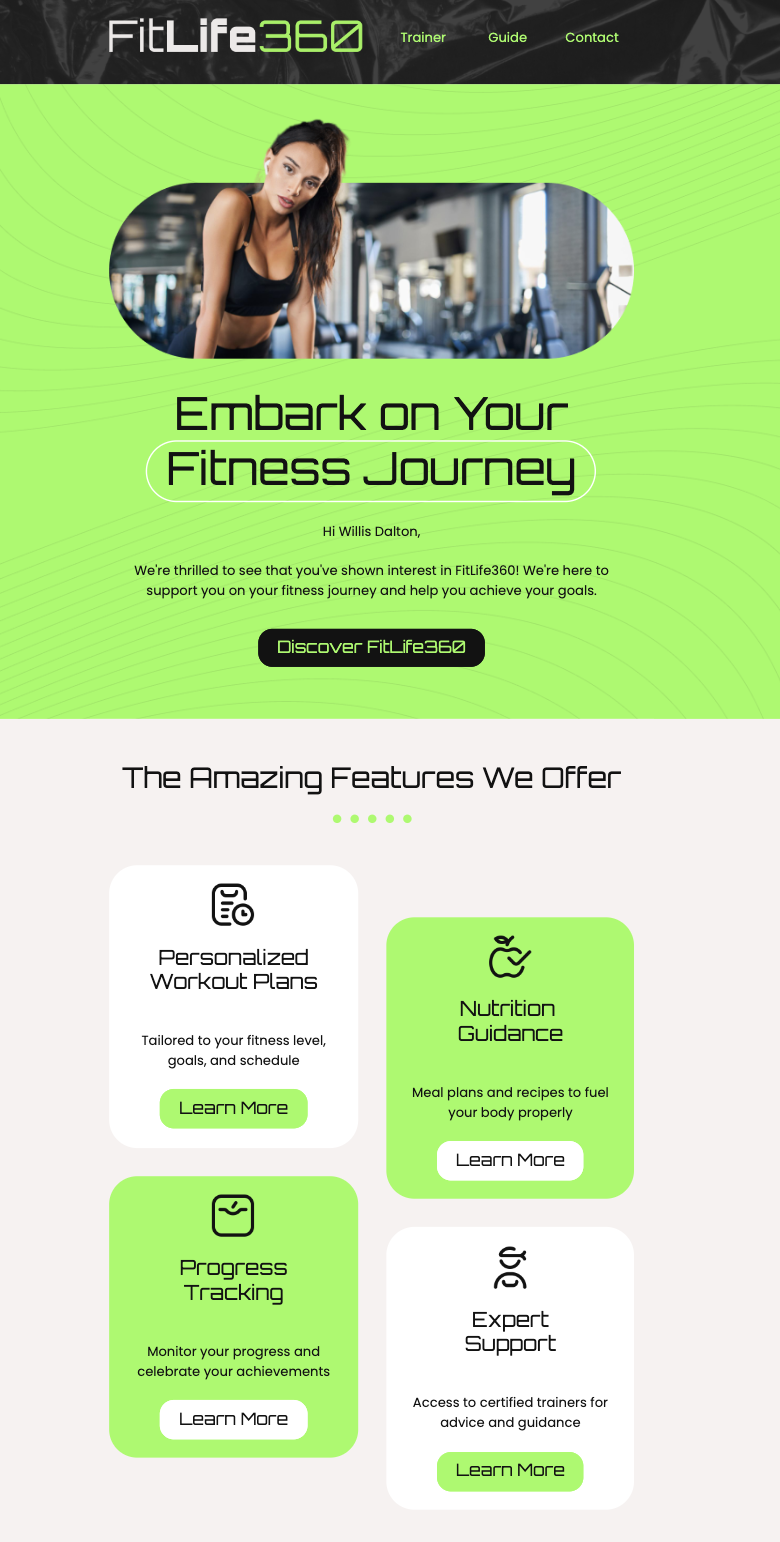
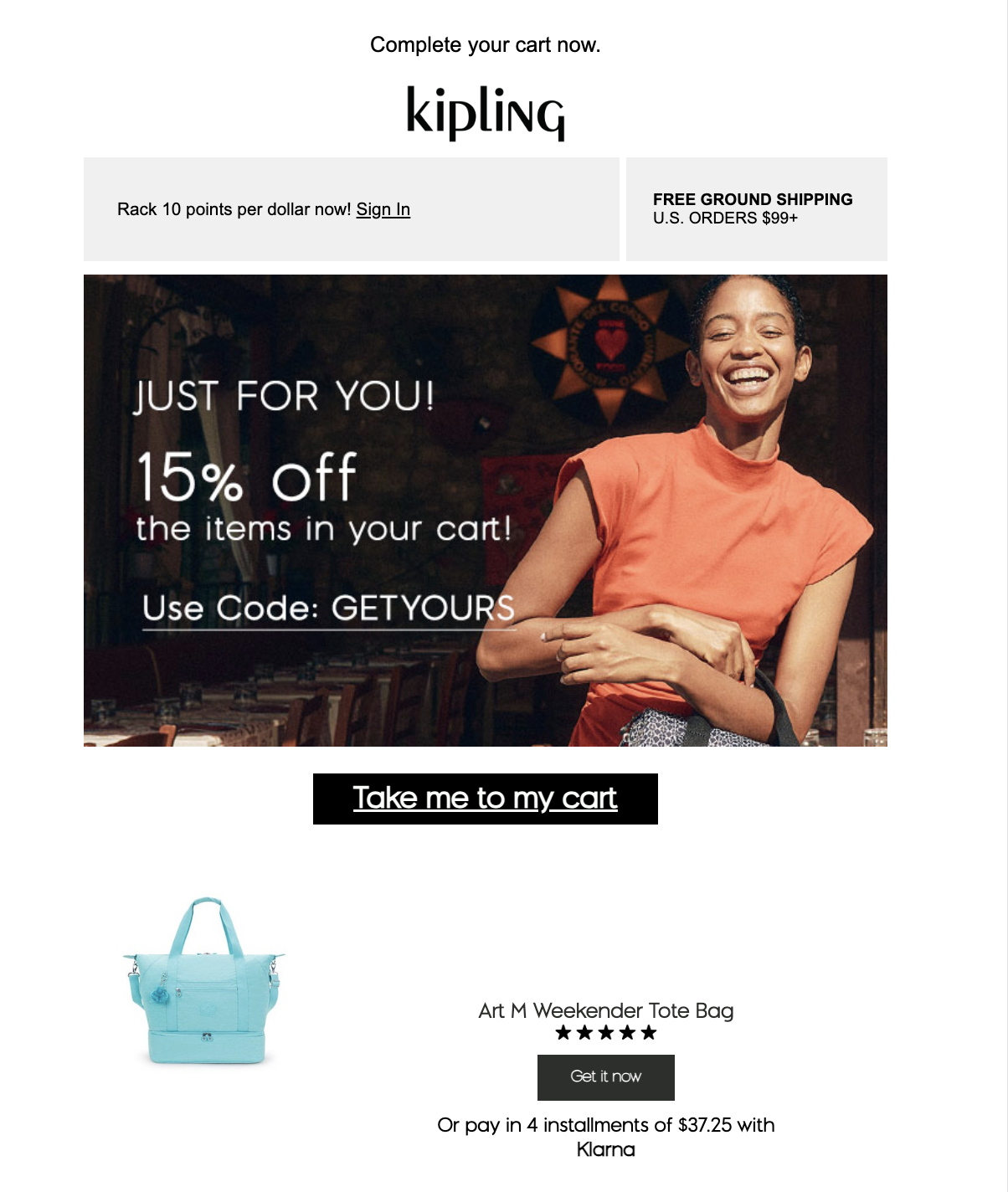
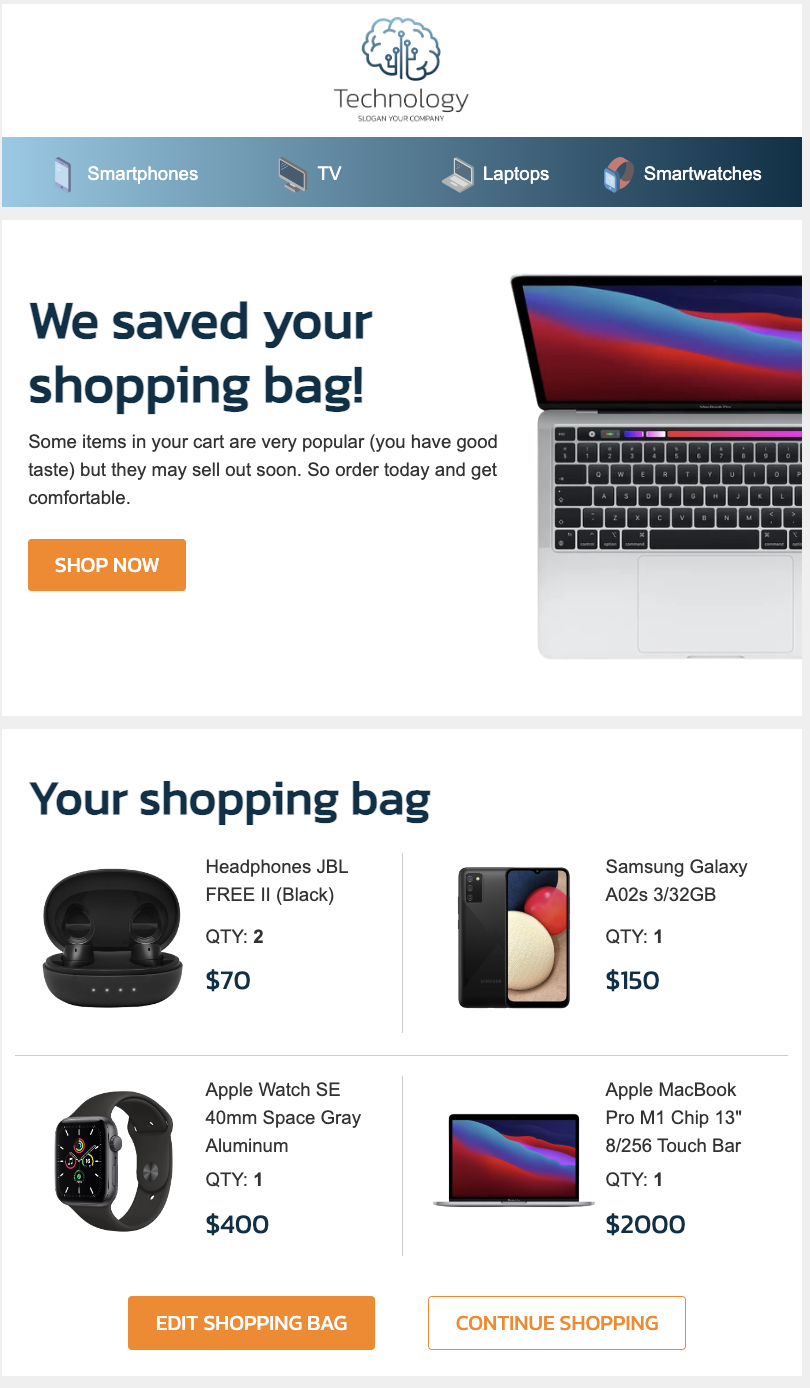
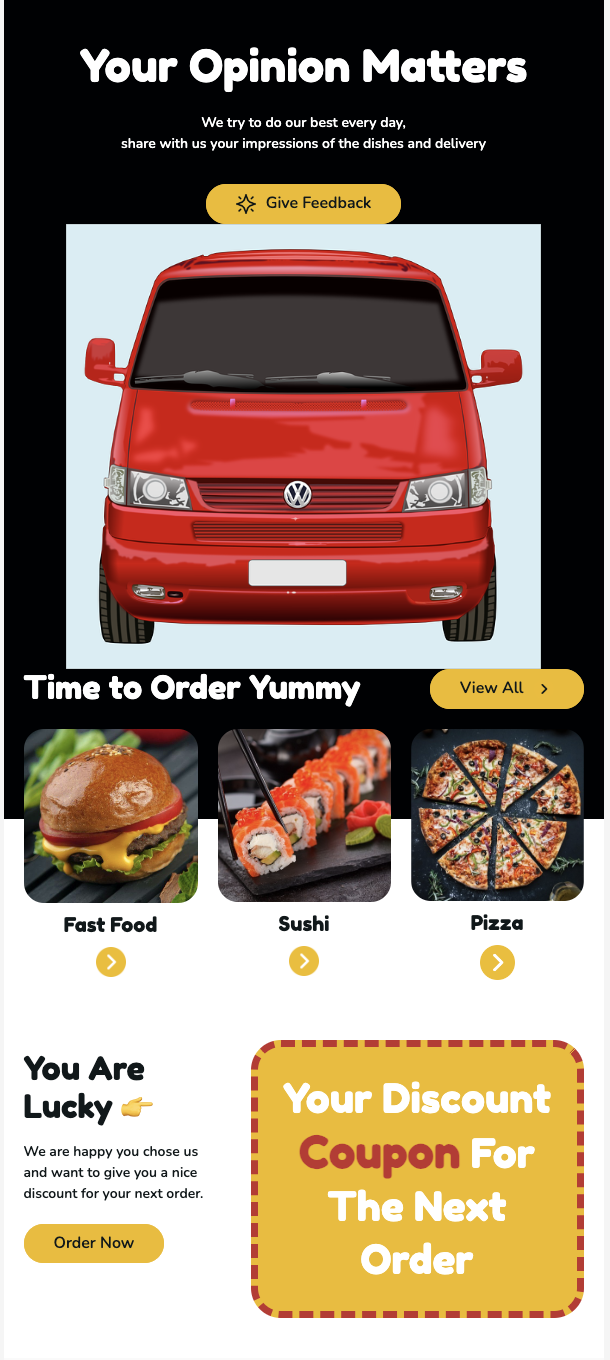
Targeted emails based on demography
The “inactive subscriber” targeted email
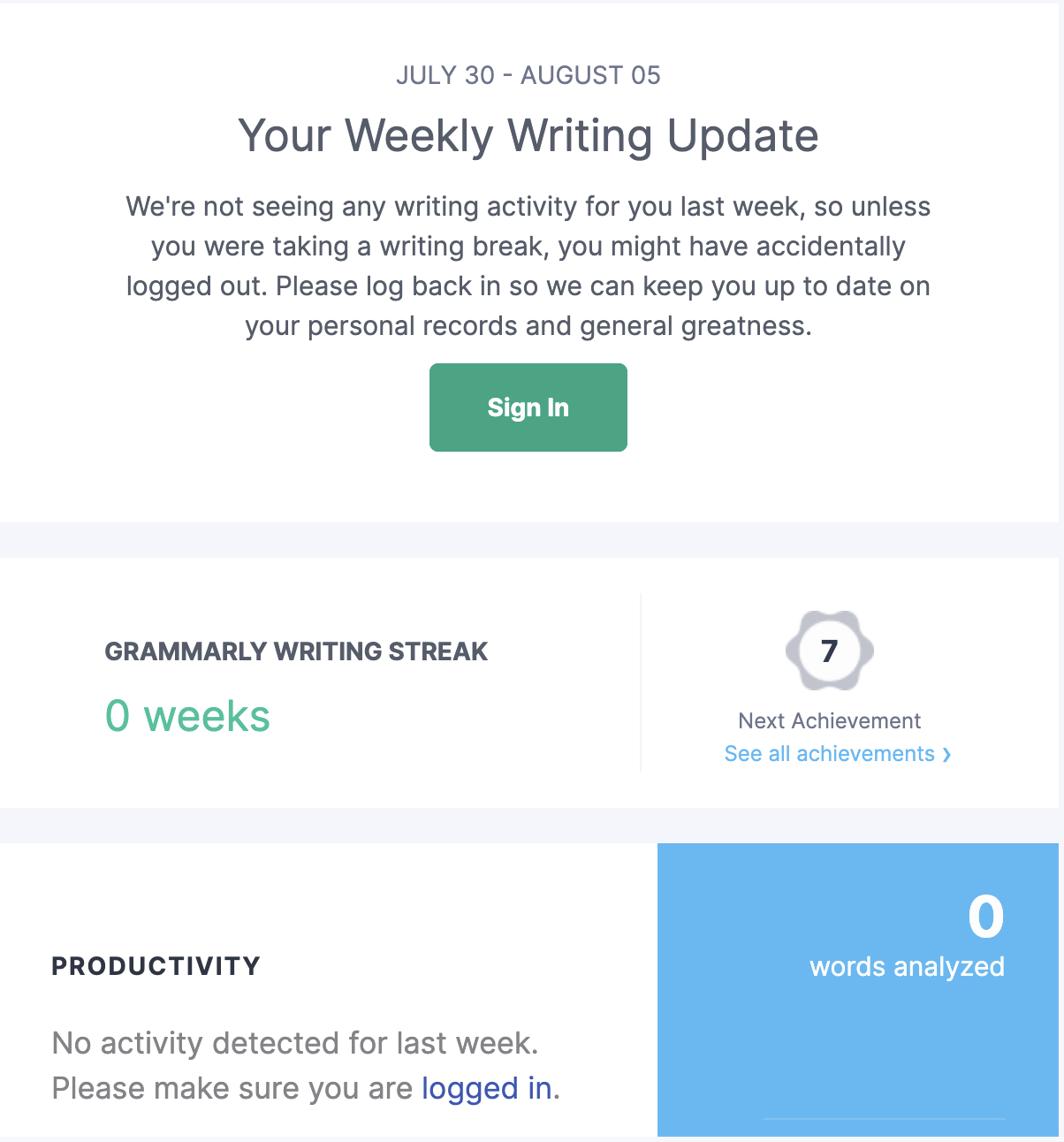
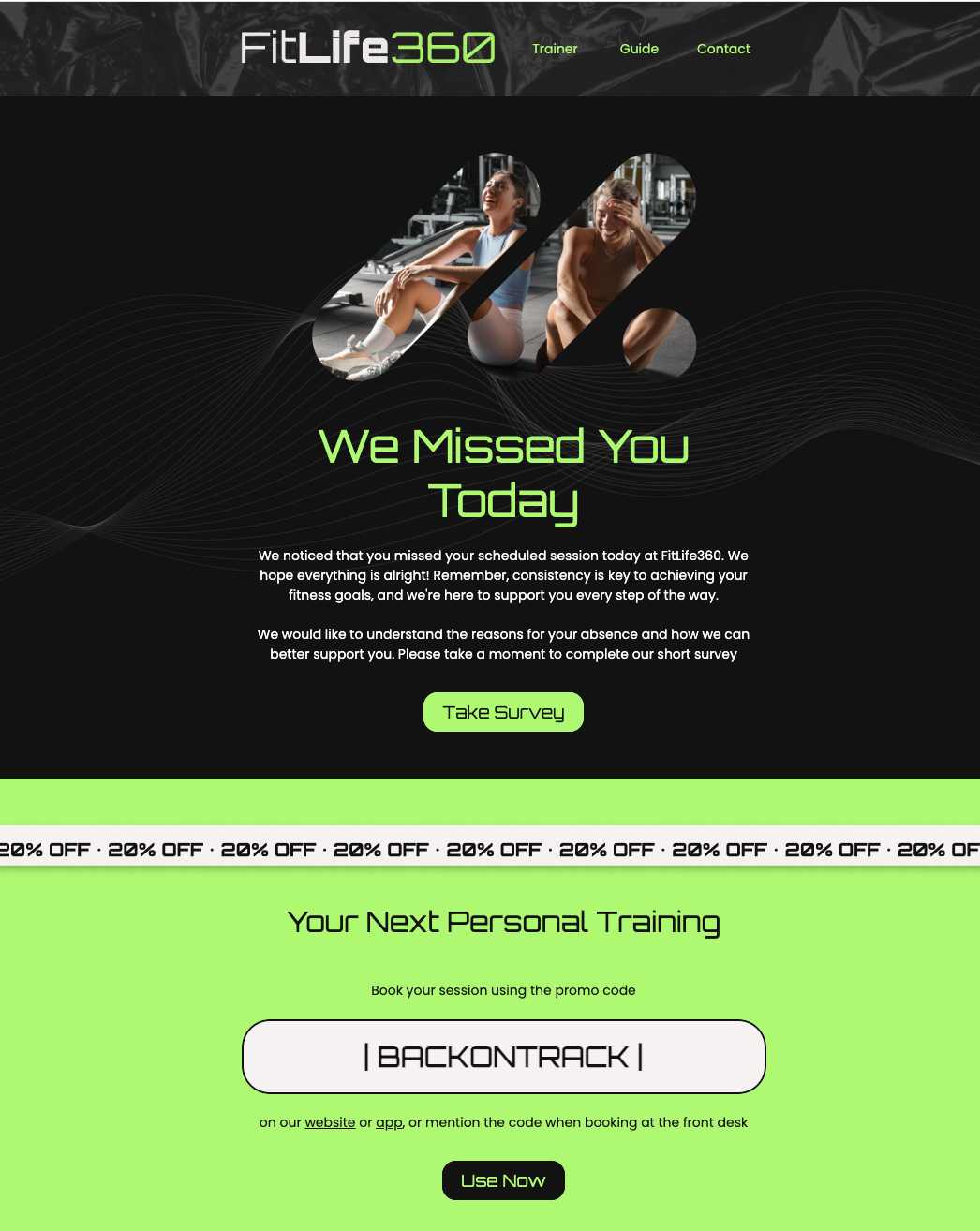
Time-based targeted emails
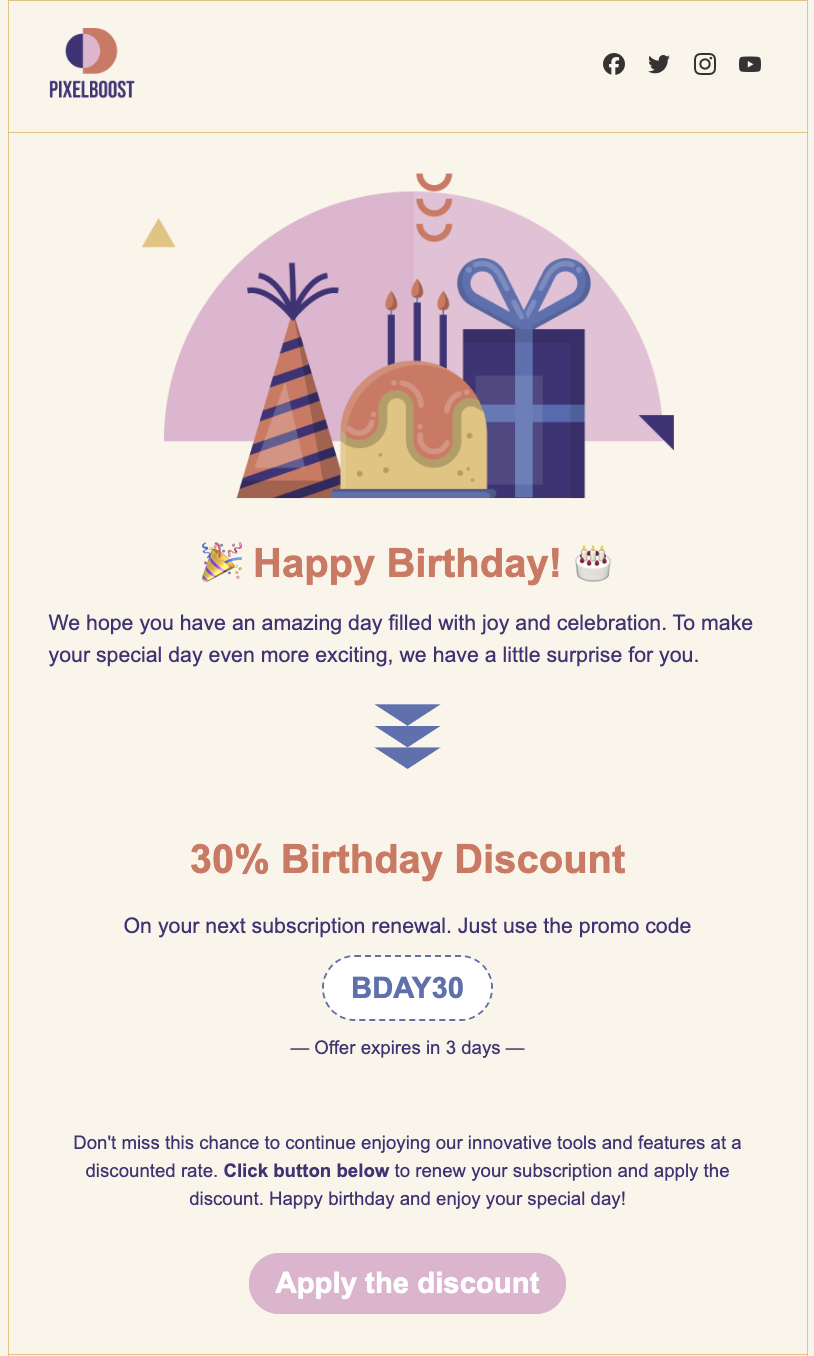
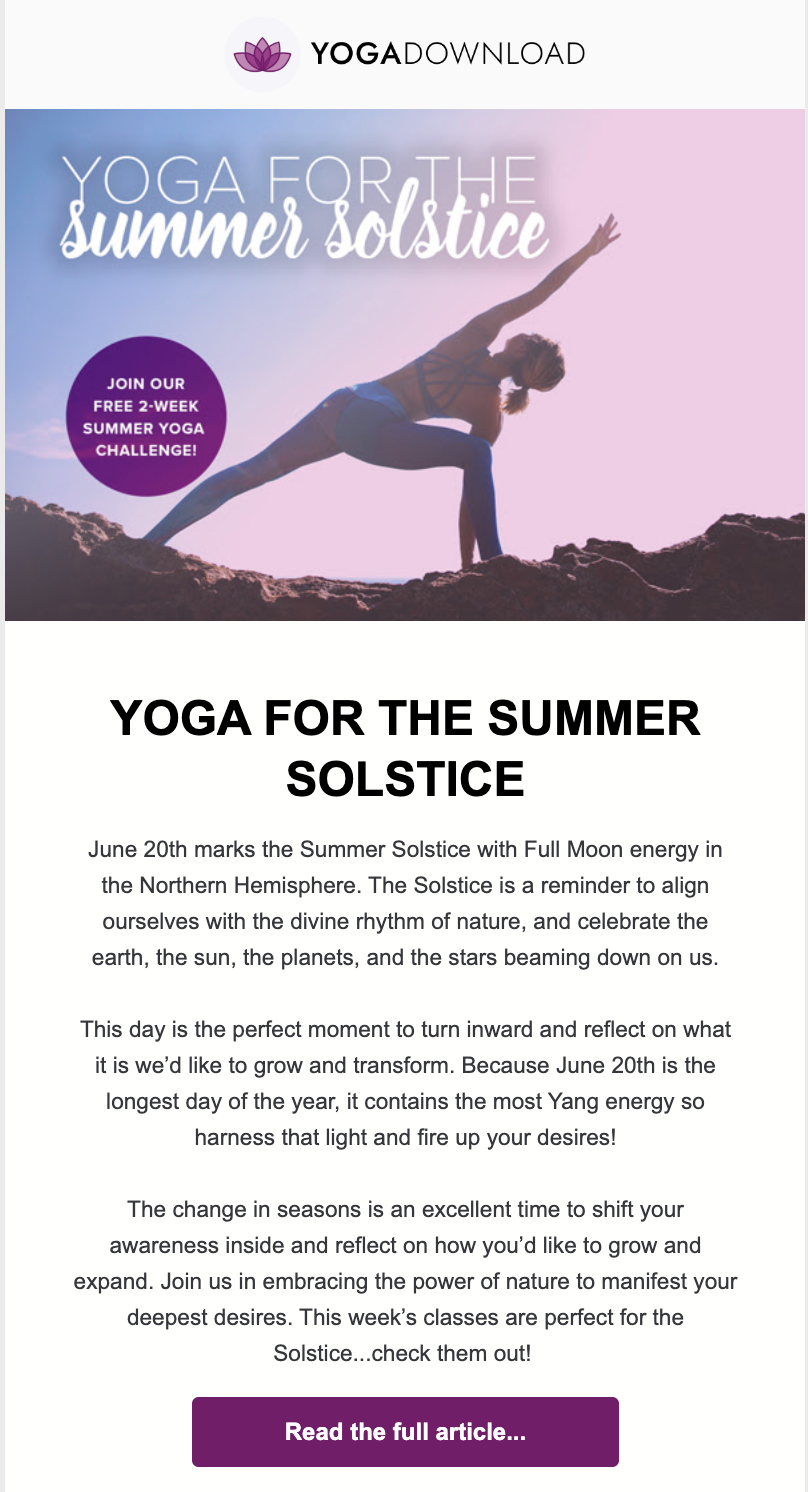
Techniques to enhance email engagement for targeted emails
Personalized marketing messages have gone far beyond simply addressing the recipient by name. However, this method of increasing engagement also continues to work. Add to these techniques that are based on modern marketing tools that allow you to tailor emails based on customer information, user behavior, preferences, and past interactions. Use dynamic content to customize email sections, such as product recommendations, customized offers, or relevant content. The more personalized the experience is, the more likely the recipient will engage.
Recipients literally scan the subject lines in their inbox and decide whether to open the email. Create engaging, curiosity-inducing, and value-driven subject lines. A/B testing different topics can give you insight into what resonates best with your audience.
Interactive elements, such as surveys, polls, or GIFs, can make your emails more engaging. These elements not only catch the recipient’s attention but also encourage them to interact with your content. For instance, adding a simple one-question poll can significantly increase engagement rates.
To minimize code-related hassle when building interactive newsletters, you can use the Stripo interactive module generator. Enter your content, and our generator will provide code you can later use in any editor, including Stripo.Testing and optimizing your targeted emails
A/B testing
Wrapping up

